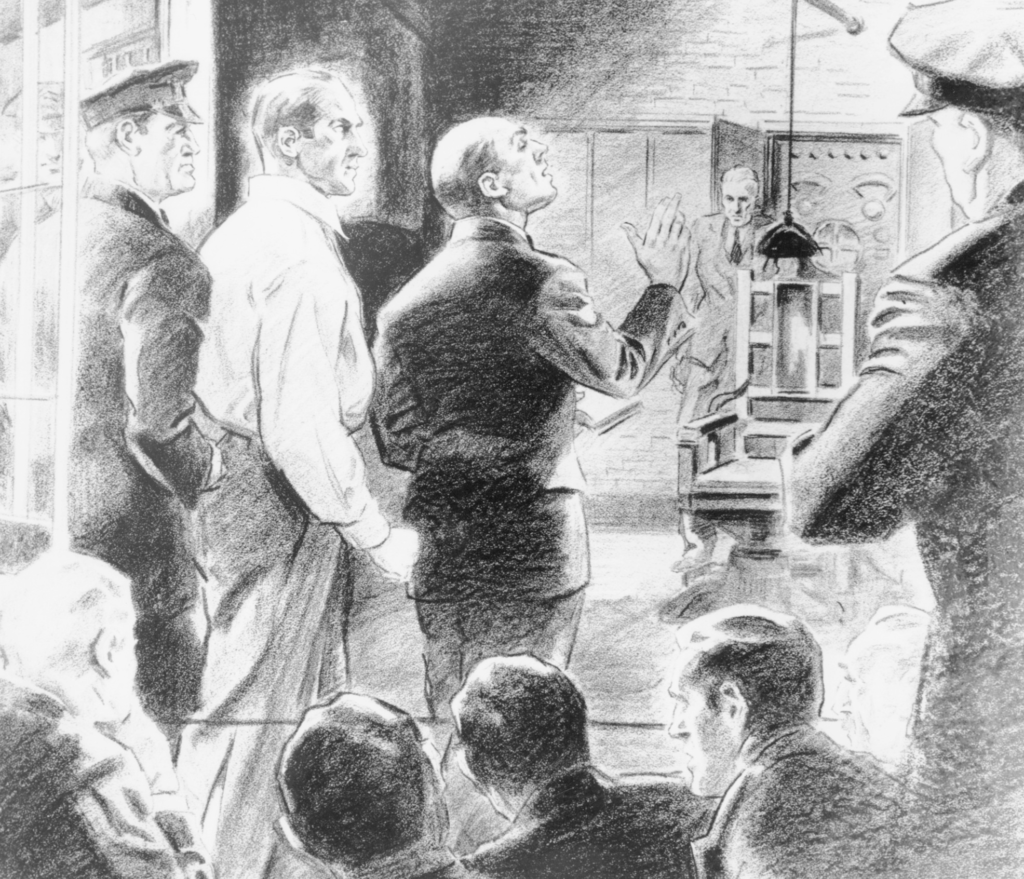
Few crimes in American history are more famous than the Lindbergh kidnapping. An international sensation from its beginning, the saga of aviator Charles Lindbergh’s infant son disappearing from his crib overnight captivated the world with its drama, its mystery, and ultimately, its sorrow. Even today—despite the conviction and execution of Richard Hauptmann, a German immigrant, for the crime—the case remains exceptional.
But who were the people involved? Those who had a hand directly in the affair, and those who joined the manhunt, the investigation, and the trial? In their book New Jersey’s Lindbergh Kidnapping and Trial, authors Mark W. Falzini and James Davidson introduce us to some of the remarkable men and women—and two dogs!—who touched this tragic chapter in American criminal lore.
“Plucky” Lindbergh
Even before his flight, Charles Lindbergh had acquired many nicknames, including “Slim” and “Plucky.” After his flight, “Lucky Lindy” was added. In May 1927, Lindbergh flew from San Diego to St. Louis, where he showed his investors his plane, and then he flew on to Roosevelt Field on Long Island.
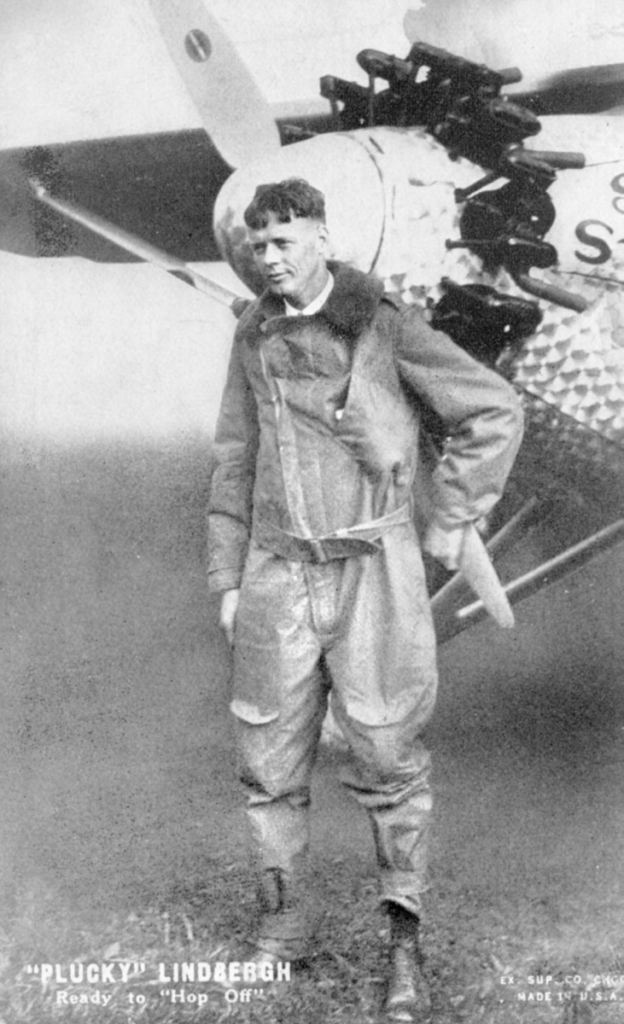
Charles Lindbergh, Junior at One Year
Charles Lindbergh Jr. celebrated his first birthday party at Next Day Hill, the Morrow estate in northern New Jersey, where Anne and Charles often stayed. On Halloween weekend 1931, the Lindberghs spent their first night at Highfields. The house was not completely finished, but it was their first home.

What happened to Waghoosh?
One of the (many) mysteries of the Lindbergh Case was that of the Lindberghs’ dog, Wahgoosh. A fox terrier, Wahgoosh was known to bark at everything, but on the night of the kidnapping, the dog never barked. This added fuel to the speculation that the crime must have been an inside job
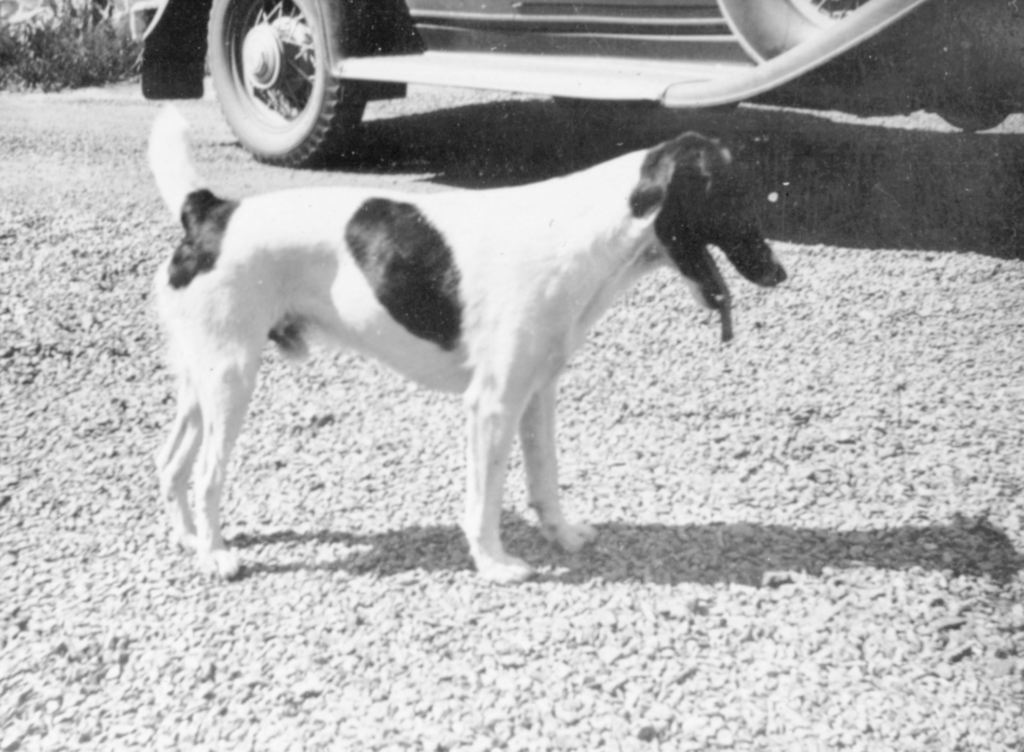
The Eccentric John Condon
The eccentric John Condon was outraged by the kidnapping of the Lindbergh baby and wrote a letter to the Bronx Home News offering $1,000 of his own money in addition to the $50,000 Lindbergh was to pay. Shortly after the editorial appeared in the paper, he received an anonymous letter appointing him to act as the intermediary between the kidnappers and the Lindbergh family.
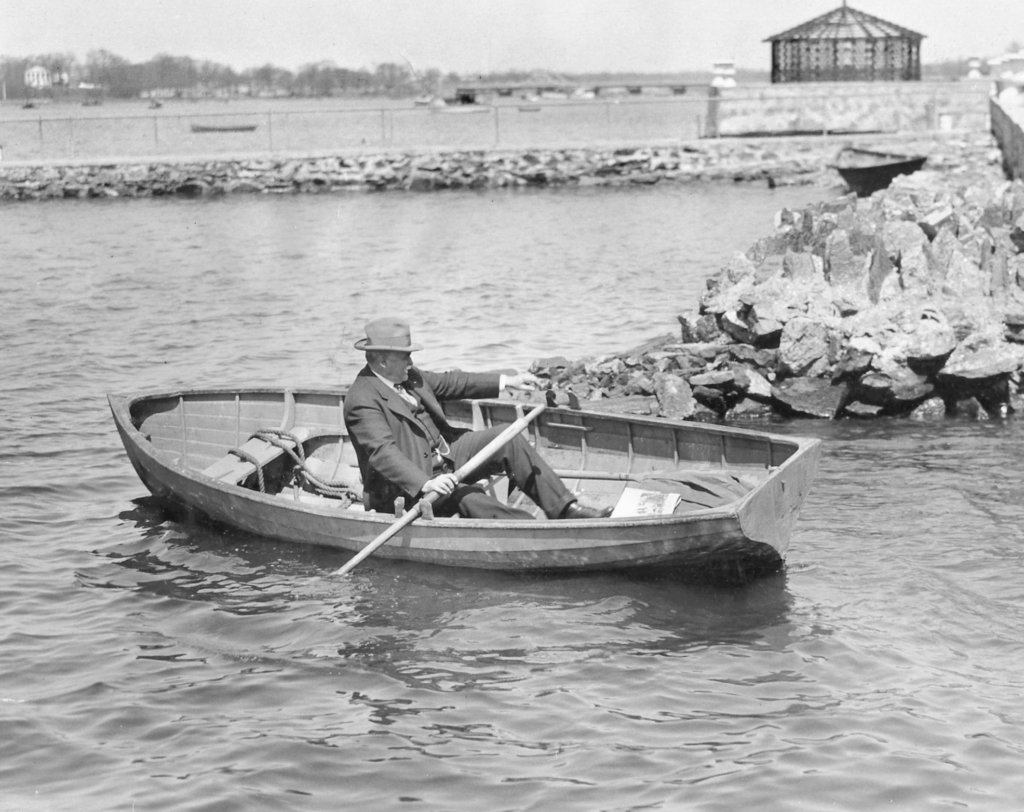
Hoaxes and Swindlers
Desperate to find his son, Charles Lindbergh fell prey to hoaxers like John Hughes Curtis, pictured here. Curtis was a bankrupt shipbuilder from Norfolk, Virginia, who convinced Lindbergh that he was in contact with the actual kidnappers of his son. He eventually confessed to the hoax, but not before leading Lindbergh on a wild goose chase from Cape May, New Jersey, to the coast of Virginia.
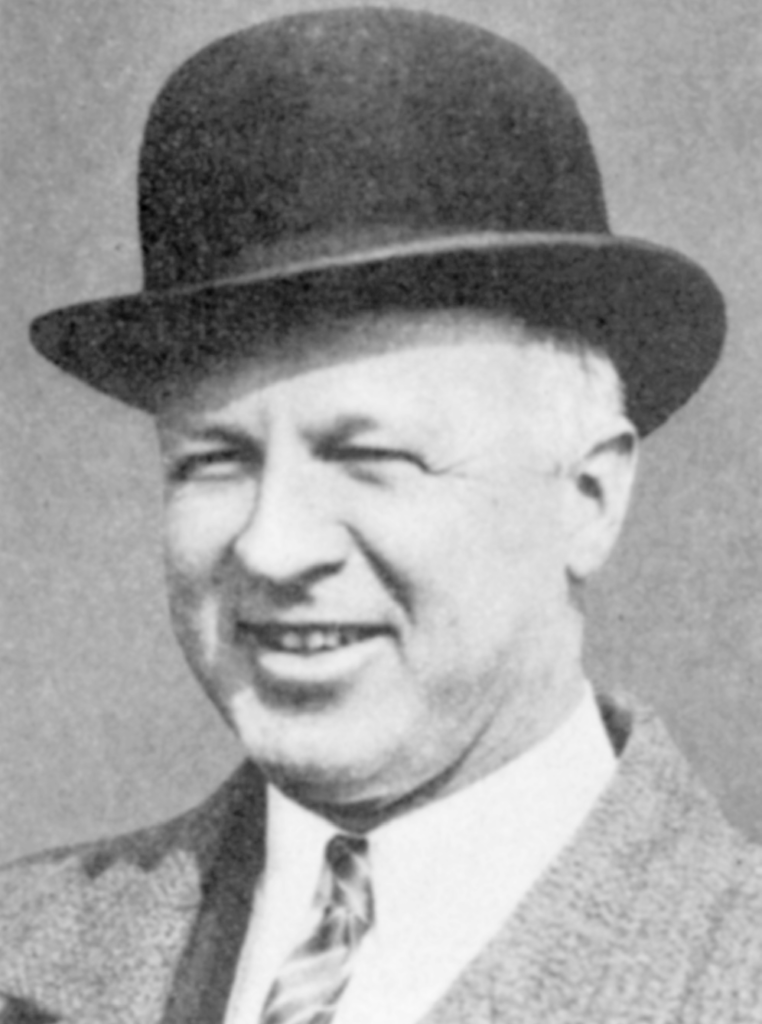
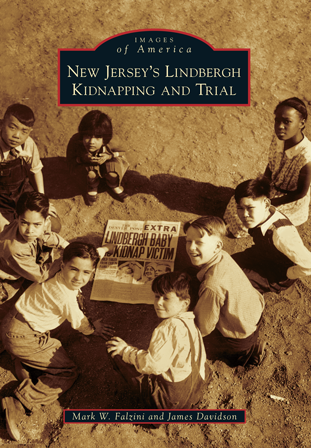
Learn how John Curtis deceived Charles Lindbergh for months:
Jersey City Police Involvement
The Jersey City Police played a major role in the kidnapping investigation. They had experienced detectives and were close to New York City. Three major players in the investigation were, from left to right, Det. James Fitzgerald, Det. Robert Coar, and Inspector Harry Walsh. Walsh became the interrogator-in-chief, taking many statements from key suspects. After Violet Sharp committed suicide, he was criticized for his harshness during his questioning of her.
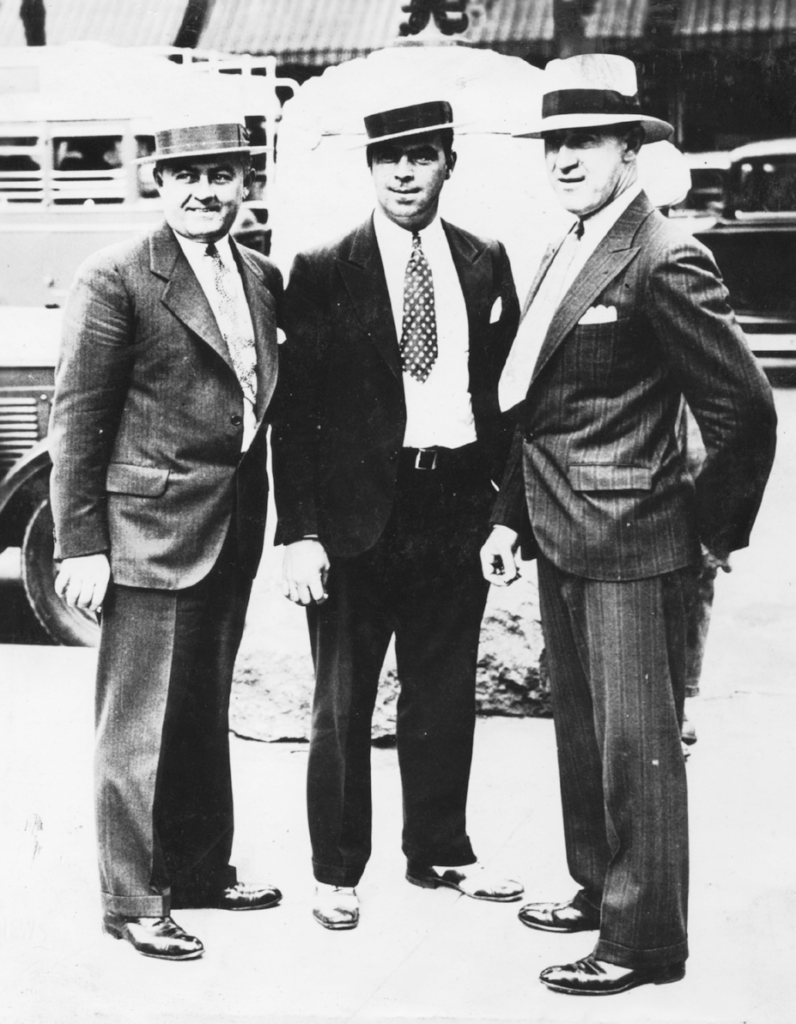
Suspect Identified: Bruno Richard Hauptmann
Over the two-and-a-half years since the kidnapping, many people had given descriptions to the police of the person they encountered passing ransom money. The police produced a composite sketch based on those descriptions as well as descriptions made of Cemetery John by Dr. John Condon. Closely resembling the Cemetery John sketch, Bruno Richard Hauptmann (below) was 35 years old at the time of his arrest.
Standing five feet nine inches tall, he was of medium build and weighed 180 pounds. He had chestnut-colored hair, blue eyes, and a fair complexion. He was athletic and enjoyed playing soccer.

The Witness
The authorities wanted Richard Hauptmann extradited to New Jersey, where he could be indicted for the murder of the Lindbergh baby. To do this, they needed a witness to link Hauptmann to the scene of the crime.
Amandus Hochmuth (below) was a near-blind octogenarian who lived on the outskirts of town. He claimed he was on his porch on March 1, 1932, when he saw Hauptmann, driving a dark sedan with a ladder in it, turn the corner near his house and nearly go into a ditch. The police showed Hochmuth photographs of Hauptmann and then asked him to identify him in his jail cell, which he did successfully.
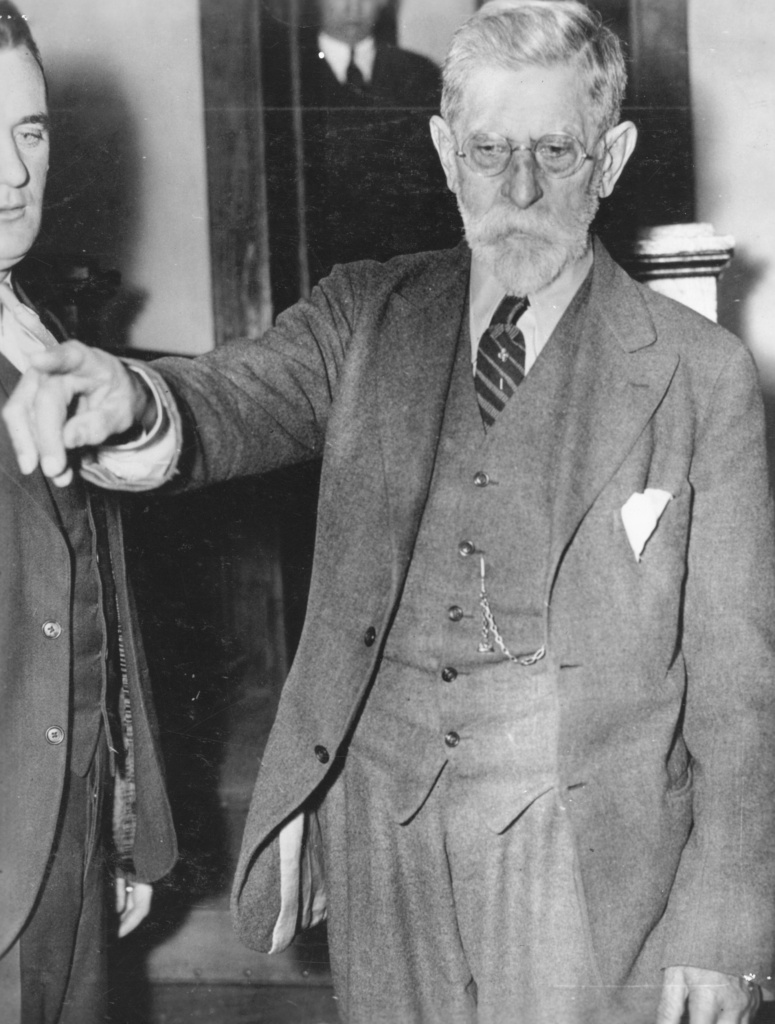
The Evidence
Two key pieces of evidence entered by the prosecution were the Lindbergh baby’s clothes. The Dr. Denton’s sleeping suit had been sent to Dr. John Condon as proof that the kidnappers had the baby. Betty Gow identified the handmade undershirt found on the corpse as the one she made the night of the kidnapping. Here, Robert Peacock, Capt. John Lamb, and Anthony Hauck show the garments to the press.
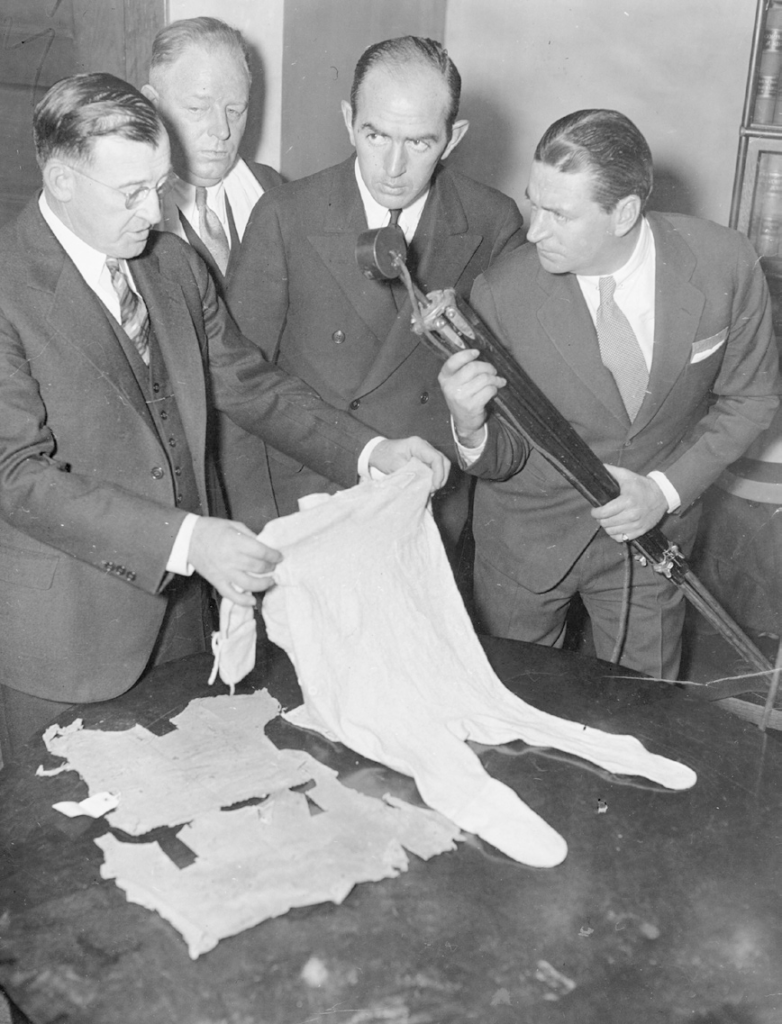
The Trial
During the trial, a young reporter rescued a bedraggled black and white dog from the street and gave her the name Nellie. She became the mascot of the press, and everyone coming to Flemington for the trial wanted to have a picture taken with her.
According to the United Press, Nellie received fan mail of over 20 letters and postcards a day. She was also known nationally as the only dog to have a taproom named for her—Nellie’s Tap Room in the Union Hotel.
There she would visit with her friends, sometimes joining in with a drink of beer! Nellie was even featured on the January 19, 1935, cover of Newsweek magazine, shown assisting a New Jersey state trooper while he stands guard.
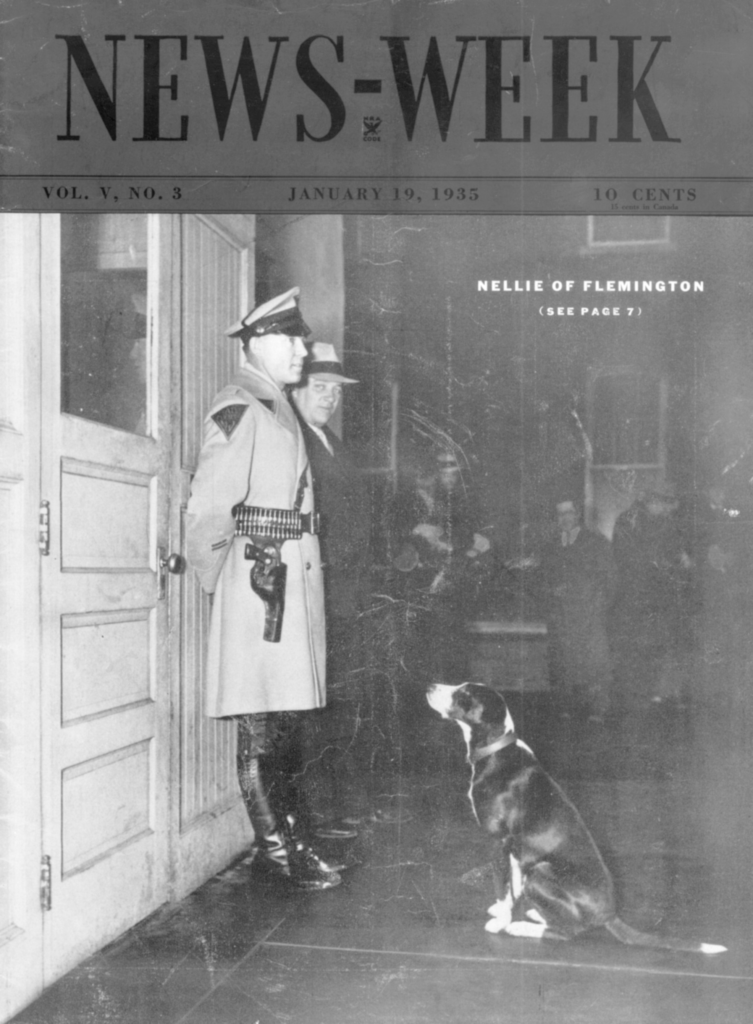
Sketch Artists
Although reporters were allowed in the execution chamber, cameras were not. Therefore, sketch artists were employed to draw renditions of Richard Hauptmann’s last moments. This sketch, by a Daily News sketch artist, shows Hauptmann being led to the electric chair by his spiritual advisor, Rev. John Matthiessen of the Trinity Lutheran Church in Trenton, New Jersey.
